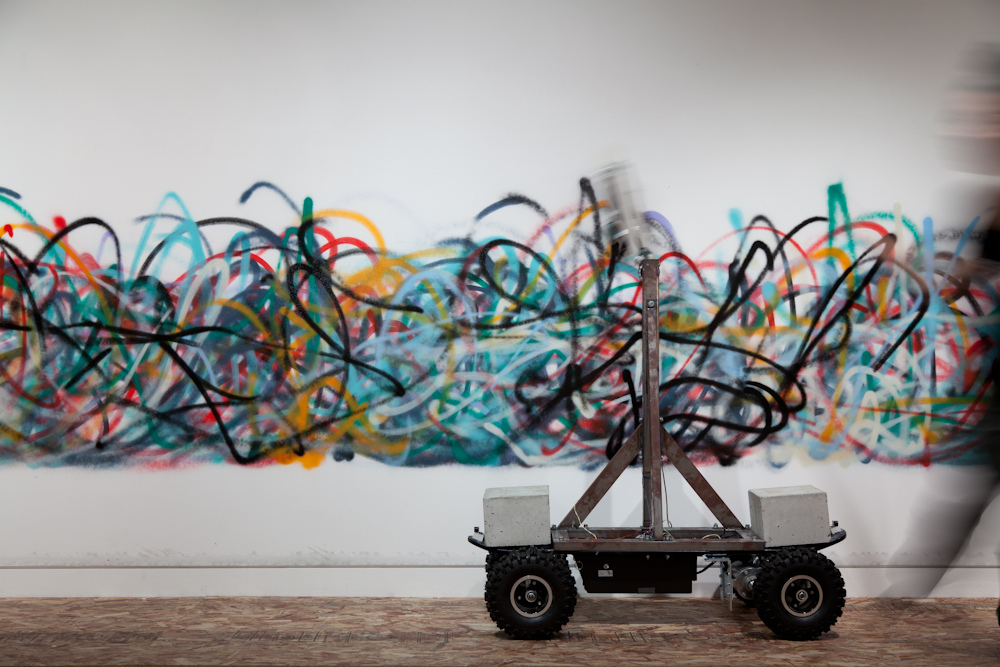
"The Influence of Non-places in the Concept of Latin America" by Eduardo Navas
Curator and theorist, Eduardo Navas, has published an essay he wrote to accompany the Transitio_MX 2009 exhibition which included Anemophilous Formula for Computer Art by Owen Mundy and myself. The essay, “La Influencia de los No-Lugares en el concepto de America Latina.” (English “The Influence of Non-places in the Concept of Latin America”), was published in Spanish in Errata #3, Cultura digital y creación Dec 2010.
Here’s an excerpt of the essay in English. You can read more about (in English) on Eduardo’s blog or the full text is available in Spanish here.
Airplane travel and airports, which have been a key reference in the theory of non-places by both Augé and Ibelings finds direct commentary in Anemophilous Formula for Computer Art. This time-based work consists of a photograph of the Tallahassee Airport Check-in area, which hosts a wall sized reproduction of McClay Gardens Park. In front of the wallpaper image we find: on the left hand side a plant in a pot and on the right a portable fan, next to three airportline-dividing-poles which are connected with a dividing strip, and a dolly cart at the far end. The photograph of the actual lobby is projected on the wall along with a series of numbers, located at the bottom of the screen’s frame, complemented with an algorithmic simulation of Tree Pollen falling surrealistically, while a sound track of birds plays in a loop. In essence the airport check in lounge is turned into a staged moment where the reproduction of a natural environment is treated as a mere decoration.
In Anemophilous Formula for Computer Art the airport as a non-place is taken apart. The image is not only commenting on how parks are careful orchestrations of nature to fit human ideals, but also exposes how this aesthetic has entered the airport, a space of transition, in order to make people feel comfortable upon their arrival or departure. If one tries to believe that what one is looking at is real nature, or even a meta recording of nature, one only needs to notice that the pollen is falling just a bit too perfectly, executing an algorithm meant to appear naturally, magically. This orderliness, this pristine aesthetic, as in the other four selections has a direct link to the control that is inherent in supermodernism: “This boundless space is no dangerous wilderness or frightening emptiness, but rather a controlled vacuum, for if there is one thing that characterizes this age it is total control. The undefined space is not an emptiness but a safe container, a flexible shell.” Anemophilous Formula for Computer Art exposes the type of activity that more privileged migrants perform—those unlikely to work in maquiladoras or any other blue-collar job. Therefore, the wall projection is a commentary on the growing supermodern aesthetic of glocalization, and thus a critical commentary on a specific activity that is ingrained as much in Latin America as well as other regions. Viewers can project themselves into the computerized image, and feel comfortable in the virtual airport lobby; whether the viewer may potentially be in Japan or Mexico is irrelevant because the language of non-places has transcended space in this sense. And therefore makes the conceptualization of a constant migration an issue of class rather than identity.
—Eduardo Navas










































